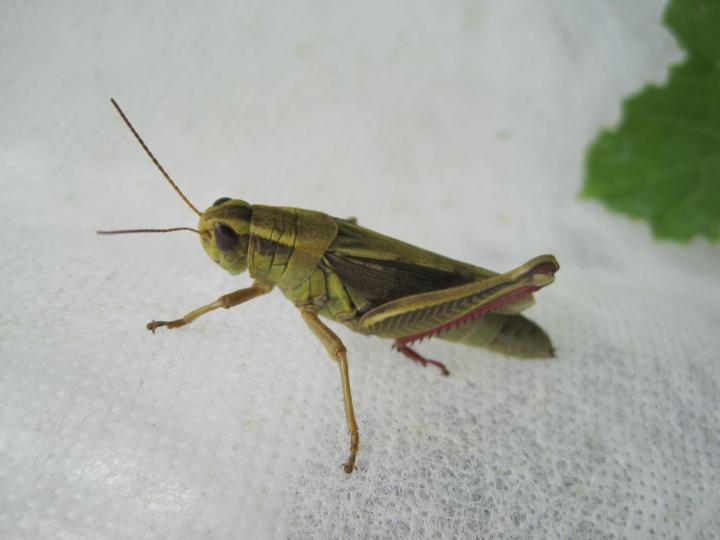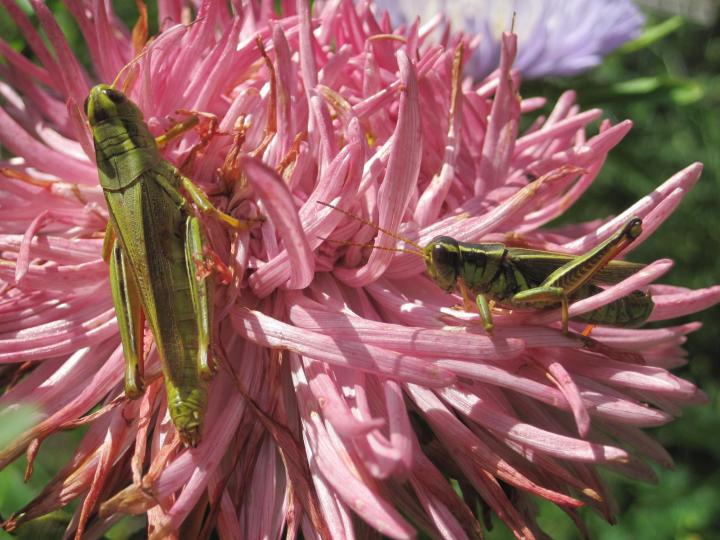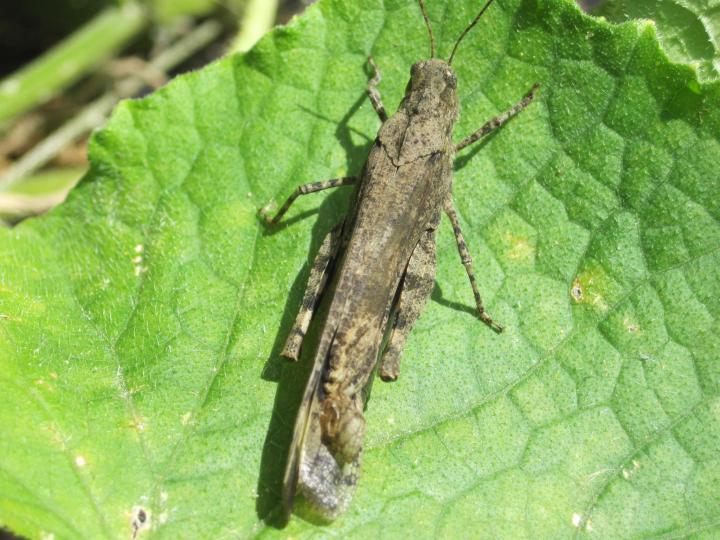
Grasshoppers are back!
How to keep grasshoppers from eating your plants!
The big green grasshoppers sure did a number on my tomatoes this The big brown ones that were in my gravel driveway a few feet away seemed to leave them alone. Go figure
That’s terrible to do the the grasshoppers! 😡they are hungry too
Hey it’s us or them but if you feel that way why don’t you grow all the stuff they love and lots of it. Maybe they’ll stay out of your neighbors’ gardens.
Here in West Texas, we are into our third consecutive year of a grasshopper plague. We have at least 4 or 5 different varieties, all the way from the small green ones up to the Eastern Lubbers also known as "Jumbos" around here. They are HUGE, bodies larger than a man's thumb, with legs, wings and appetites to match. The Jumbos can almost be mistaken for the horned lizards, same coloration, almost as large and wide. The grasshoppers are all over the place, long grass, short grass, trees, the garden. The only thing they refuse to eat are the grass that gives us sand spurs, the gift that keeps on giving. Last year, they ate my onions, my garlic, everything. When they were done eating the garden (only took them 2 1/2 days), they started on the new fruit trees. We sprayed the trees so the grasshoppers moved on to the mesquite trees. Stripped some of them bare! No leaves, no beans, some areas looked like winter, the trees were so naked.
We bought a batch of Guinea Fowl but had to wait for them to grow old enough to go outside and free range. And, of course, then you have a problem with predators grabbing your birds. By mid-winter, we only had one bird left out of a flock of 9. Diatomaceous Earth didn't slow them down, garlic tea spray didn't help...they ate my garlic, what is flavored water going to do? They ate the potatoes right down to the dirt over Memorial Day weekend.
This past spring, we bought 16 chickens, then got our Guinea Fowl replaced. We started with about 35, but through misadventure and predation, we are down to 17. They are only allowed to free range while we are with them, armed with rifles for the coyotes or bobcats - we are not quite sure what was getting them. Therefore, they aren't able to keep up with the grasshoppers since they have a limited time to work on hunting and eating them.
I found the best solution in the garden was Insect Barrier Netting over all the vegetable beds and trellises. We found a spray - Bifenthrin - that seems to work. We also bought 3# of the NoLo Bait and put it around, slightly removed from the garden. We should know next spring if it had the desired effect.
Your article said grasshoppers are not interested in eating tomatoes, squash and peas. My mileage most definitely varied. My peas never came up so I can't say anything about them but the grasshoppers are all over my tomato, squash, melon, jalapeño, cayenne pepper, poblano pepper and sweet potato plants and they have decimated my gladiolas and dahlias. They do seem to ignore my cabbages, radishes and turnips but the aphids like the radish and turnip tops. Oh yes, and the grasshoppers ate my 6 marigold plants, already grown and flowering, in less than two days. But they have stayed away from my geraniums. Yay! I need to remember to plant geraniums all around the garden next year.
So, as much as I wanted to keep everything organic, sometimes you just need to break down and get serious. The spray we used is Bifenthrin, an insecticide in the pyrethroid family. Pyrethroids are manmade versions of pyrethrins, which come from chrysanthemum flowers. The grasshoppers don't die and burst into flames on contact with it, but it does seem to help, it does not harm the birds and you can harvest the same day that you spray, as long as you wash your veggies before eating them.











